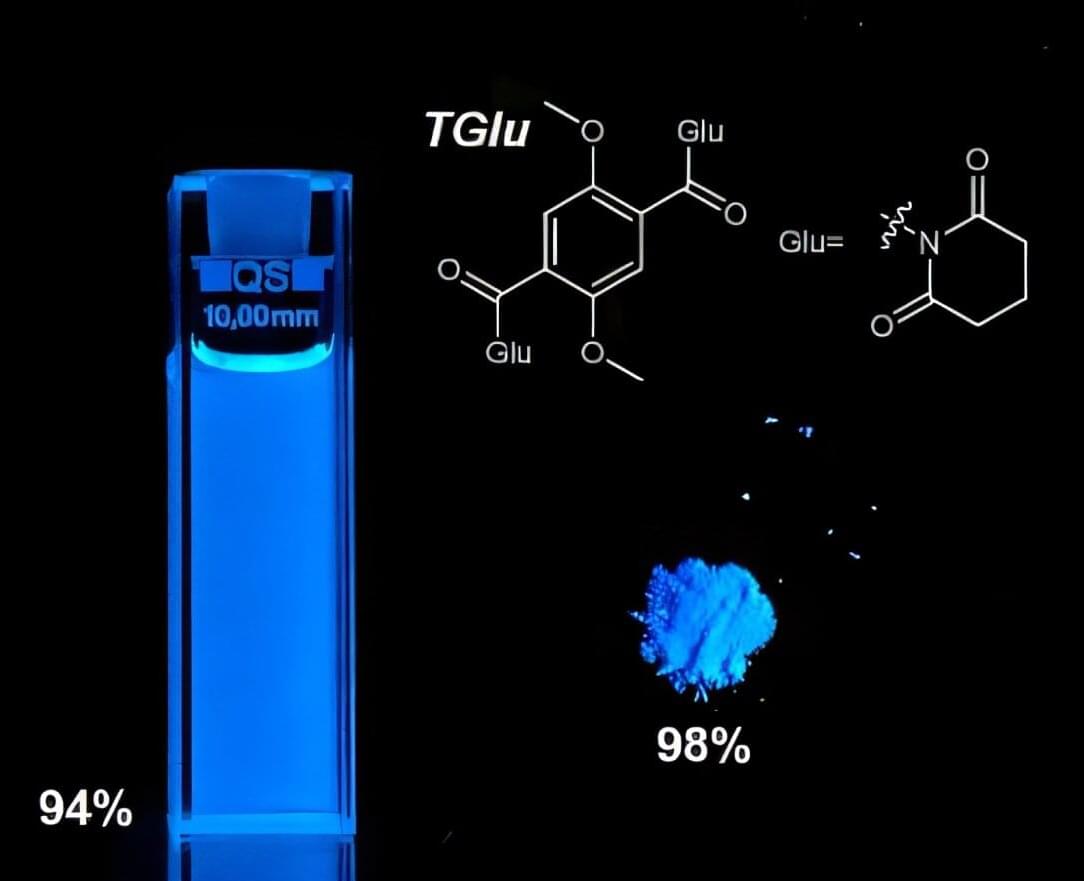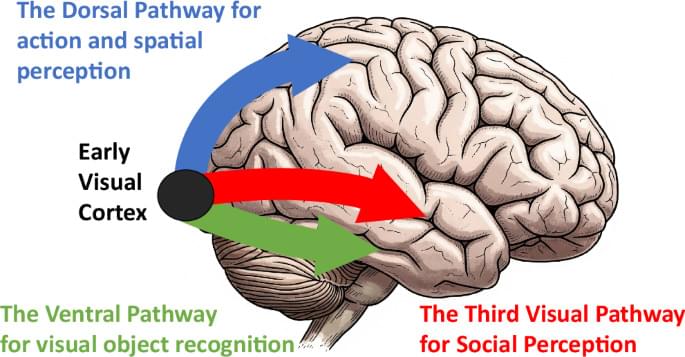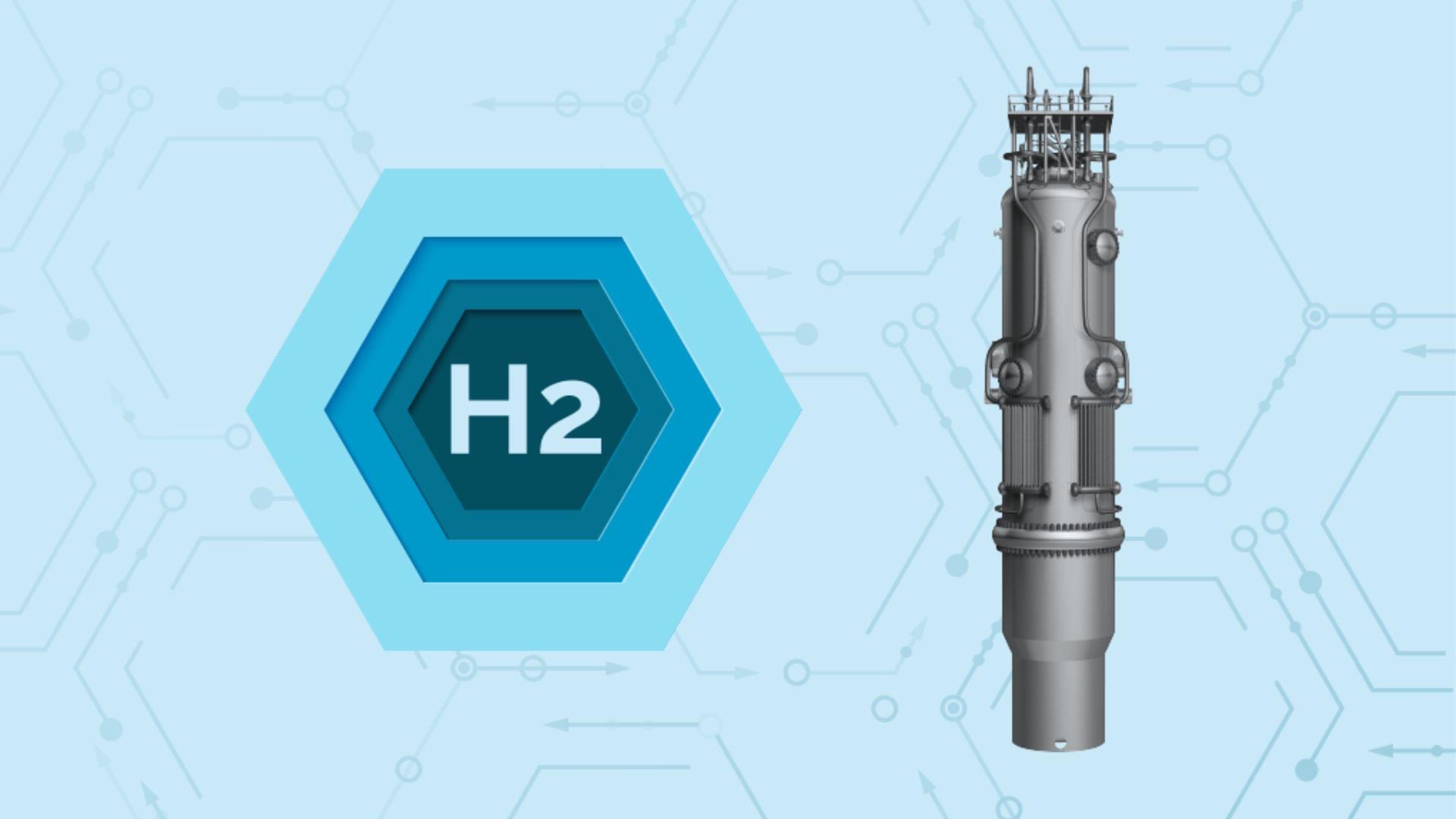Dr. Robert Schwab, MD is a Resident Physician, Research Specialist, and Hematology-Oncology Fellow at Penn Medicine, University of Pennsylvania Health System…
Get the latest international news and world events from around the world.

Displays, imaging and sensing: New blue fluorophore breaks efficiency records in both solids and solutions
A new blue fluorescent molecule set new top emission efficiencies in both solid and liquid states, according to a University of Michigan-led study that could pave the way for applications in technology and medicine.
Able to absorb light and emit it at lower energy levels, fluorescent molecules called fluorophores glow in OLED displays and help doctors and scientists figure out what’s happening in cells and tissues. They need to be solid in displays and many sensing applications, but liquids are typically preferred for biological uses. Most fluorophores don’t work well in both forms, but this one does.
The study, “Elucidating the molecular structural origin of efficient emission across solid and solution phases of single benzene fluorophores,” is published in the journal Nature Communications.

“Large Black-Eyed Creature Discovered”: Scientists Identify Bizarre New Species Lurking in Papua New Guinea Gold Mine
IN A NUTSHELL 🐍 Researchers discovered a new species of snake, the Dendrelaphis atra, on Misima Island, known for its striking black eyes and color-changing abilities. 🌿 Misima Island, part of the Milne Bay Province, is a recognized biodiversity hotspot, hosting numerous endemic species of reptiles and amphibians. 🏗️ The discovery in human-modified settings highlights

Neuropsychological evidence of a third visual pathway specialized for social perception
Recent evidence suggests the existence of a neural pathway specialized for social perception projecting between the well-established “what” and “where” pathways. A new study of neuropsychological patients demonstrates that this social pathway is causally essential for recognizing dynamic facial expressions.
Let’s Build an Automated Abundance Economy
Zoltan Istvan, a leading transhumanist, proposes a new economic model for the age of AI and robots.
Silicon Valley investor Vinod Khosla predicts AI will replace 80% of jobs by 2030—and take much of the Fortune 500 with it
Tech entrepreneur and investor Vinod Khosla’s prediction of AI automating 80% of high-value jobs by 2030 coincides with a reckoning for Fortune 500 companies.

MIT creates a pocket-sized 3D printer that prints objects in seconds
Researchers from the Massachusetts Institute of Technology (MIT) in the United States have created a tiny 3D printer chip-sized device that forms the necessary objects using light in a matter of seconds.
A team of researchers led by Professor Elena Nataros has created a 3D printer that emits a reconfigurable beam of light into resin to create solid forms. This tiny printer fits in the palm of your hand. It is expected that users will be able to quickly create customized, low-cost objects.
According to the developers, the system consists of a single photonic chip measuring a few millimeters, without any additional moving parts. It emits visible light into the resin, allowing for non-mechanical 3D printing.



A ‘Sputnik’ moment in the global AI race
When Chinese AI startup DeepSeek unveiled the open-source large language model DeepSeek-R1 in January, many referred to it as the “AI Sputnik shock” — a reference to the monumental significance of the Soviet Union’s 1957 launch of the first satellite into orbit.
Much remains uncertain about DeepSeek’s LLM and its capabilities should not be overestimated — but its release nevertheless has sparked intense discussion about its superiority especially in terms of cost. DeepSeek claims that its model possesses reasoning abilities on par with or even superior to OpenAI’s leading models, with training costs at less than one-tenth of OpenAI’s — reportedly just $5.6 million — largely due to the use of NVIDIA’s lower-cost H800 GPUs rather than the more powerful H200 or H100 models.
Tech giants like Meta and Google have spent billions of dollars on high-performance GPUs to develop cutting-edge AI models. However, DeepSeek’s ability to produce a high-performance AI model at a significantly lower cost challenges the prevailing belief that computational power—determined by the number and quality of GPUs—is the primary driver of AI performance.